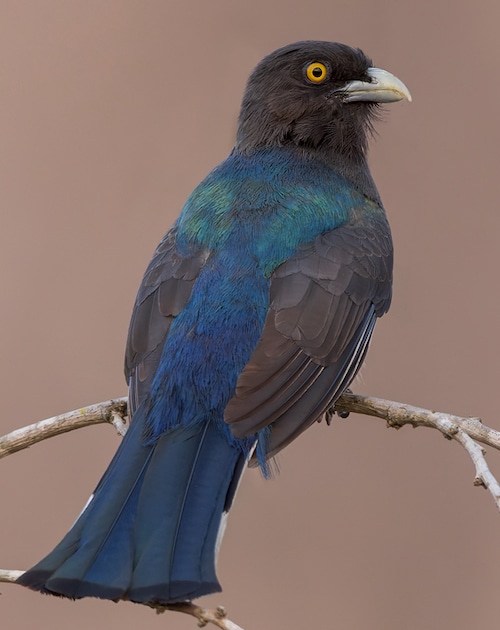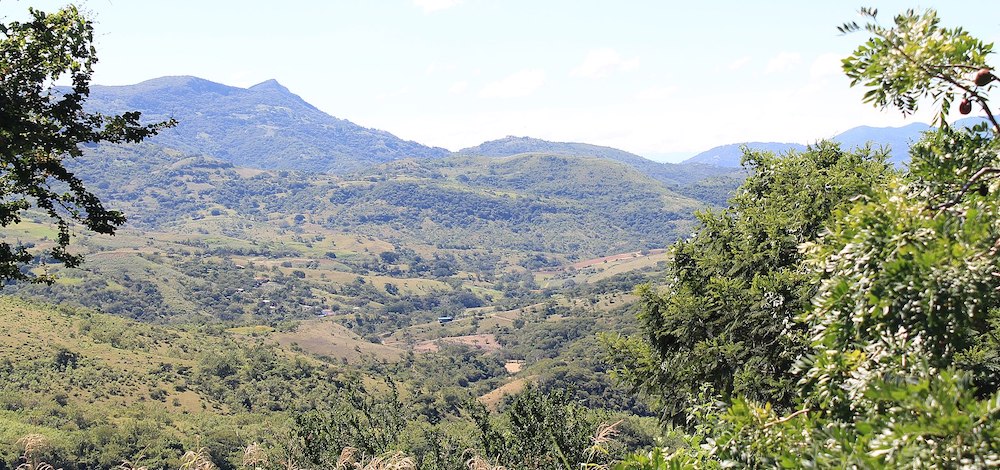Free and Sovereign State of Guerrero

The State of Guerrero is one of the 32 states of Mexico in the southern meridional region. With an area of just over 64,000 km2 (c. 25,000 square miles), it occupies just over 3% of Mexico with a population of around 3.7 million people. It borders the Pacific Ocean to the south, Michoacán to the west, Oaxaca to the east and Mexico State, Morelos and Puebla to the north. Guerrero is named in honour of the second president of the republic, General Vicente Ramón Guerrero Saldaña. In addition to the capital city, Chilpancingo and the largest city and famed beach result Acapulco, other cities in Guerrero include Petatlán, Ciudad Altamirano, Taxco, Iguala, Ixtapa, and Zihuatanejo.
Geographically, the state is mountainous and rugged with flat areas limited to small mesas and the Pacific coastline. It is divided into three regions: La Montaña (mountains), Tierra Caliente (hot lands) of the northeast and La Costa (coast). La Montaña is mostly forested and is concentrated in the north and east of the state. Tierra Caliente and is situated in the lowlands along the Balsas River. La Costa is divided into two sub-regions called Costa Chica and Costa Grande. The Costa Chica extends from Acapulco to the border with Oaxaca. Costa Grande extends west of Acapulco to the Balsas River. Much of the state’s current agriculture and livestock raising concentrated in La Costa as it is relatively flat.

Acapulco – ©eurimaco CC BY-SA 3.0 via Wikimedia Commons
There are many rivers including the Balsas River, the Nexapa, the Amacuzac, the Tepecoacuilco or Huitzuco and the Cocula or Iguala River. Other rivers in the state include the Cuetzala, the Alohuixtla, the Cutzamala, the Tlapaneco Huamuxtitlan, the Milpilla or Zumpango, the Río del Oro, the Zayulapa, the Huautla and the Río Unión.
The most important economic activity is tourism followed by agriculture and mining with production of crops like bananas, coffee, rice, corn, and sugarcane, as well as mined copper, silver, and gold.
The state’s climate is dominated by the rainy tropical areas and rainy temperate areas. The former has high temperatures above 18 °C year-round and experiences most rain in the summer and early autumn. Most of this is found near the coast under 2,000 m. In the higher elevations away from the coast in the Sierra Madre del Sur, the climate is temperate but also experiences the same pattern of rainfall.
Birding Guerrero
Flora of the state is determined by altitude and climate. The higher mountain areas have forests of pine and oyamel fir, with amate, and other tropical trees are found in the lower elevations. Tropical hardwoods are mostly found in the lower elevations near the coast. The state has a wide variety of wildlife from deer, small mammals, large numbers of birds and reptiles and insects.

Alpixafia, southern Guerrero – c3c12013, CC BY-SA 3.0 via Wikimedia Commons
Five terrestrial ecoregions extend across the state. The Southern Pacific dry forests lie on the southern slopes of the Sierra Madre del Sur mountains, extending from the coast up to 1400 meters elevation. The forests are predominantly deciduous during the long dry season. The Sierra Madre del Sur pine-oak forests occupy the higher slopes of the Sierra Madre del Sur. These forests harbour a great diversity of species, including many endemic orchids, butterflies, and birds. The Balsas dry forests lie in the basin of the Balsas River, north of the Sierra Madre del Sur, and are notable for the diversity of mammal species, including jaguarundi, coati, ocelot, and collared peccary. The northernmost part of the state includes portions of the Trans-Mexican Volcanic Belt pine-oak forests, which occupy the mountainous northern rim of the Balsas basin. The Mexican South Pacific mangroves are found in coastal lagoons along the coast of Michoacán, Guerrero, and Oaxaca.
The Parque Natural de Guerrero is a natural reserve located in the central valleys of the state, extending for about eighty km2. Most of the area is covered in pine and holm oak forests that covered the high altitude valleys of this region.
-
Wikipedia
GNU Free Documentation License
https://en.wikipedia.org/wiki/Guerrero
-
Number of bird species: 597
Number of endemics: 1
Short-crested Coquette Lophornis brachylophusIn addition there are two birds that only nest in this state:
Craveri's Murrelet Synthliboramphus craveri
Sinaloa Martin Progne sinaloae
-
Avibase
PDF ChecklistThis checklist includes all bird species found in Guerrero , based on the best information available at this time. It is based on a wide variety of sources that I collated over many years. I am pleased to offer these checklists as a service to birdwatchers. If you find any error, please do not hesitate to report them. -
eBird
PDF Checklist548 species (+101 other taxa) - Year-round, All year
-
NP Grutas de Cacahuamilpa
InformationSatellite ViewThe Grutas de Cacahuamilpa National Park in Guerrero, Mexico, is best known for the Grutas de Cacahuamilpa Caverns, which are one of the largest cave systems in the world. -
NP Parque Natural de Guerrero
InformationSatellite ViewLeonardo Bravo Municipality, Guerrero, Mexico -
NP el Veladero National Park
InformationSatellite ViewThe park was created with the goal of improving the environment of the area known as the amphitheater of Acapulco Bay and the Cerro Veladero, which has historical importance. Vegetation is medium forest with isolated oaks. Fauna include songbirds, osprey, iguana and boa
-
ecoTOURS
Tour Operator
-
2006 [11 November] - Russ Namitz
ReportThe primary purpose of this trip for me was to locate some target endemic bird species, but the primary purpose of the 9 other group members, including my wife, was to surf. The group was stationed out of Troncones, a surfing destination located about ½ hr north of the Ixtapa/ Zihuatanejo region. I was able to use the rental car for a long day trip up the west slope of the Sierra Madre de Sur (Sierra de Atoyac) and also for an overnight trip to the east slope of the Sierra de Atoyac…
-
Casa Delfin Sonriente
AccommodationSparkling beaches and lagoons are home to sea turtles and exotic birds. Guests enjoy snorkeling, diving, fishing, and surfing (we have great surfing here year round). The jungle-covered hills provide hiking and cave exploration, horseback riding, and challenging bike trails
